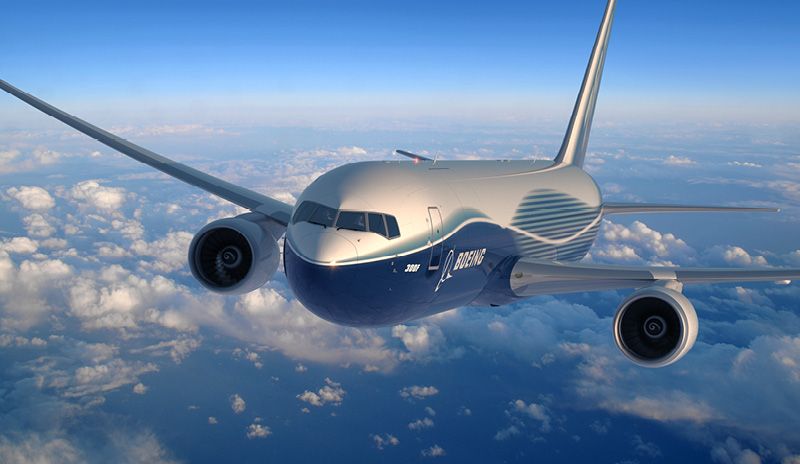Fuel consumption for commercial aircraft fell from an average of 4.3 million barrels per day (b / d) in January and February to 1.0 million b/d in April.
Efforts to contain the 2019 novel coronavirus disease (COVID-19) have dramatically changed the volumes of commercial passenger flights globally.
These averaged just over 70,000 flights per day in January and February, fell to an average of less than 25,000 per day in April, and then began to rise again in May.
To estimate global changes in jet fuel consumption, the United States’ Energy Information Administration (EIA) recently began using data from Cirium aviation company detailing each scheduled commercial passenger flight, including the type of aircraft flown. and its route, origin and destination of each flight since January 2019.
Thus, the EIA estimated the volume of jet fuel consumed by each flight and added these together to estimate the total volume of jet fuel consumed worldwide by commercial passenger flights.
The EIA estimates that jet fuel consumption for commercial passenger flights averaged 1.6 million b / d during the first two weeks of July, 69% less than a year ago.
The largest decline in global demand for jet fuel occurred during March and April, coinciding with initial intensified efforts to mitigate the spread of Covid-19.
Jet fuel
Globally, jet fuel consumption on commercial passenger flights decreased by 0.7 million b / d between February and March and by 2.4 million b / d between March and April, although demand grew by only 0.1 million b / d. b / d in May and 0.3 million b / d. d in June. Similar trends are also taking place at the regional and country levels.
Although the timing of a market’s initial decline and low point varies (largely reflecting the timing of Covid-19 spread), demand for jet fuel in almost all major markets has risen from lows of April and May.

However, the scope of this recovery has not been the same. Although the average consumption of jet fuel in June 2020 by commercial flights in China (including Macao and Hong Kong) decreased by 43% compared to the same period last year, consumption decreased significantly more in other parts of the world:
70% in the countries of the former Soviet Union
75% in the United States
77% in the Middle East and North Africa
80% in the rest of the Asia-Pacific region
85% in the rest of Africa
87% in Europe
88% in the rest of the Americas
Airports
The proportion of air travel that takes place within a country’s borders is a key factor in the decline in demand for jet fuel. Due to less severe restrictions on domestic travel, the shorter distances they typically involve, and the higher proportion of domestic air travel for commercial or non-recreational purposes, inland airports serving primarily domestic air travel have generally recovered more. faster than the typically more internationally oriented coastal peers.
Evidence of this recovery is in the relative resurgence of jet fuel consumption on domestic flights.

